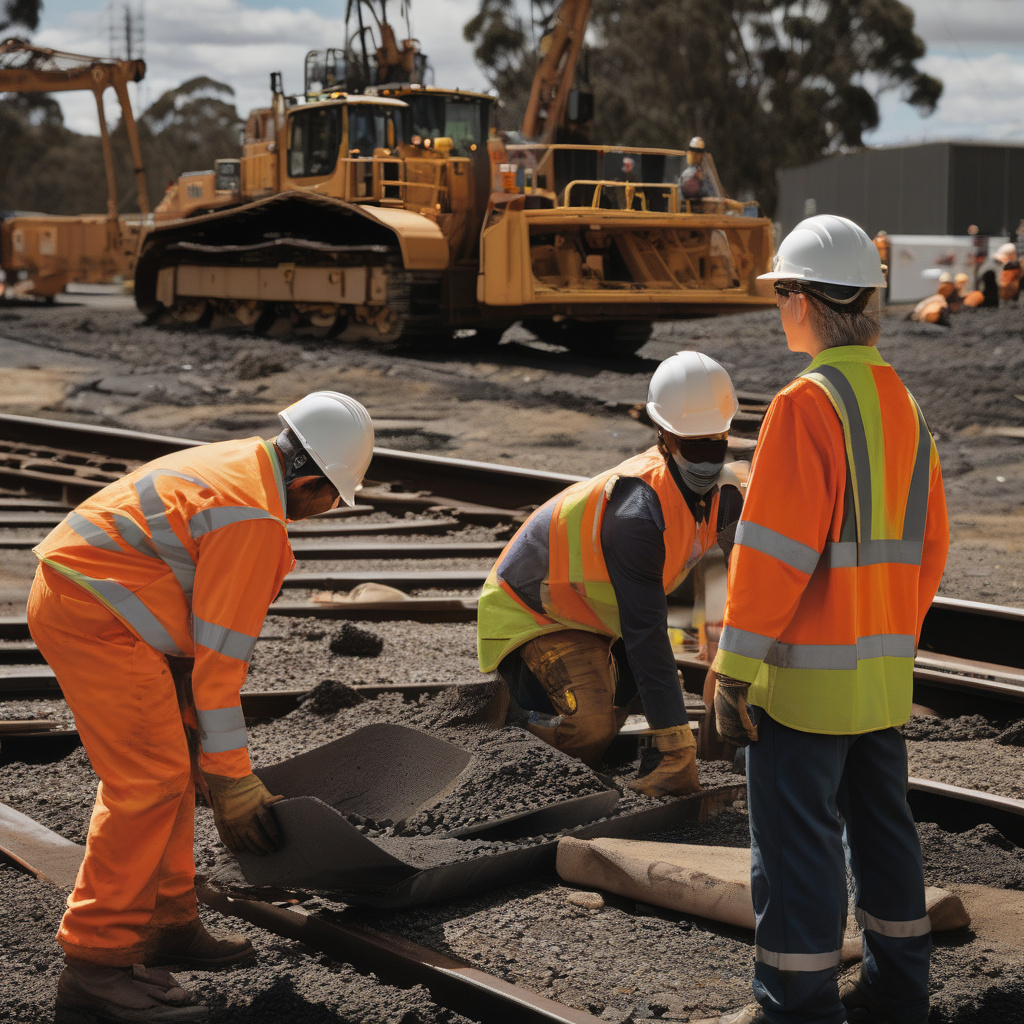Australia Turns Scrap Rubber into Rail Armor in Clever Track-Stabilizing Trial
A two-year field trial on a live Sydney Trains freight line has shown that a sustainable solution can revolutionize the way rail tracks are maintained. By turning scrap rubber into rail armor, Australia has embarked on a unique initiative that not only addresses environmental concerns but also improves the efficiency and safety of railway operations.
The innovative approach involves recycling old rubber tires to create rail armor, which is then installed beneath the tracks. This not only stabilizes the track but also absorbs vibrations, reducing noise pollution and enhancing the overall passenger experience. The use of scrap rubber in this manner presents a win-win situation by tackling the issue of waste disposal while offering a cost-effective alternative to traditional track maintenance methods.
One of the primary benefits of this approach is its durability. The rubber rail armor has shown promising results in terms of longevity and resistance to wear and tear, outperforming conventional materials in many aspects. This means fewer maintenance cycles, resulting in cost savings for railway operators in the long run. Additionally, the use of recycled rubber contributes to the circular economy by giving new life to materials that would otherwise end up in landfills.
Moreover, the environmental impact of this innovation cannot be overstated. By reusing scrap rubber, the project significantly reduces the carbon footprint associated with track maintenance. This aligns with global efforts to combat climate change and promotes sustainability in the transportation sector. As the world transitions towards greener practices, initiatives like this serve as shining examples of how innovation can drive positive change.
In terms of practicality, the installation of rubber rail armor is a straightforward process that can be easily integrated into existing railway infrastructure. The flexibility of the material allows for seamless adaptation to different track configurations, making it a versatile solution for various rail networks. This ease of implementation ensures minimal disruption to train services during maintenance, further highlighting the efficiency of this approach.
The success of the trial on the Sydney Trains freight line underscores the potential for widespread adoption of this technology across the railway industry. As more countries seek sustainable alternatives to traditional track maintenance practices, the Australian initiative stands out as a beacon of innovation and environmental stewardship. By turning scrap rubber into rail armor, Australia sets a precedent for reimagining the future of rail transport in a way that is both practical and eco-friendly.
In conclusion, the transformation of scrap rubber into rail armor represents a remarkable feat in the realm of railway innovation. With proven benefits in terms of durability, environmental sustainability, and cost-effectiveness, this approach has the potential to revolutionize track maintenance practices globally. As the world witnesses the ever-increasing demand for greener solutions, initiatives like this serve as testimony to the power of creativity and resourcefulness in shaping a more sustainable future for the transportation industry.
railway, sustainability, innovation, Australia, environment











